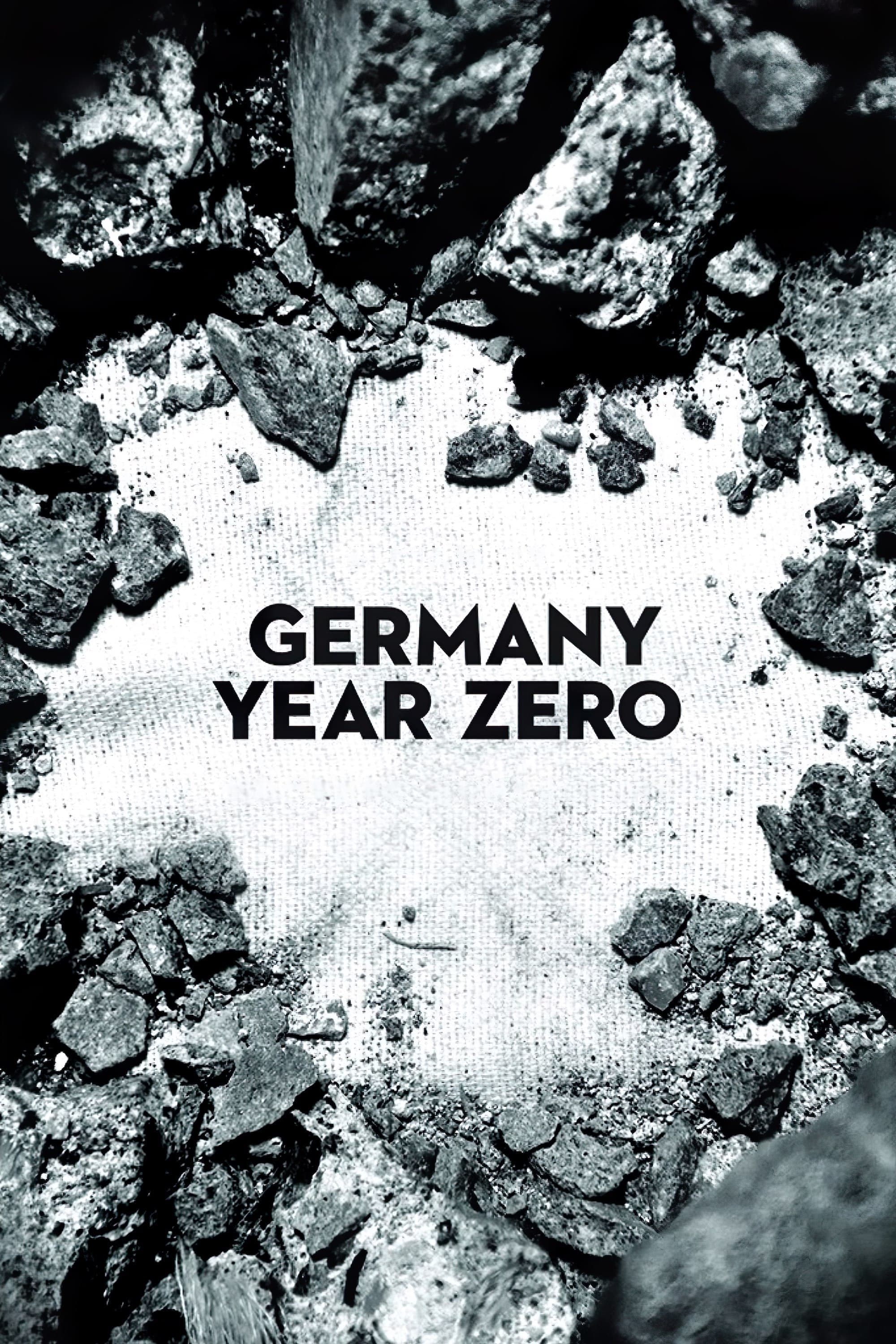
Germany, Year Zero
1948
Rate this movie
Average: 0.00 / 5
(0 votes)
Director
A formidable fresco of a Berlin ravaged by bombings, with the dynamic chiaroscuro of a child moving through the rubble like a molecule in the grip of entropy. It is an image carved into the soul of the observer, a snapshot of disintegration not only physical but also social and moral, where every fragment of what was the known world has been pulverized, leaving a deafening void and a total absence of direction. The echo of an atomized city, its inhabitants reduced to elementary particles, each at the mercy of superior forces, manifests in this raw and unadorned representation, which makes the devastated landscape not merely a backdrop, but a mute and omnipresent character, bearing a collective trauma.
This is the iconographic legacy of a great director who pushed his keen gaze into a historical situation contemporary to him, deriving from it a work of great visual and narrative power. Roberto Rossellini, architect of Neorealism, does not merely document; he distills the very essence of survival in an era of profound crisis, transforming almost documentary observation into an art that transcends mere chronicle. His camera becomes an impassive yet penetrating eye, capable of capturing the emotional truth and spiritual desolation of a people. The film, the third chapter of his war trilogy (after the resistance urgency of "Rome, Open City" and the choral fresco of "Paisà"), delves into the most intimate folds of the post-war drama, shifting attention from the fight for freedom to the struggle for pure existence.
The story is indeed centered on little Edmund, a child who, with his fortitude, sustains his entire family amidst a thousand difficulties. But Edmund's "fortitude" is a fragile mask, an illusory armor that the incessant and ruthless reality of the rubble will quickly consume. His is a forced growth, a brutal acceleration towards an adulthood he cannot comprehend or sustain. He is the symbol of a stolen childhood, forced to navigate a world of illicit exchanges, corroded morality, and endemic hunger. His aimless wandering among the ruins is not a child's game, but a desperate search for vital resources, often leading to actions that undermine the very foundations of innocence. The figure of the sick father, the sister who prostitutes herself for a few cents, the hidden ex-Nazi brother, compose a familial picture of implosion, where each member is trapped in their own personal hell, unable to offer guidance or solace. The film depicts a Berlin no longer the glorious capital of the Reich, but a monument to ruin, a labyrinth of debris and skeletal buildings, a gigantic open-air cemetery where the living struggle to distinguish themselves from the ghosts of the past.
The tragic outcome of his story will be the parable of a nation prostrate in defeat at the dawn of a new era of rebirth. But what rebirth can there be when despair is so deeply rooted, when moral corruption is the only currency? The "Germany Year Zero" of the title is not merely a temporal reference, the beginning of a new calendar, but a radical annulment, a tabula rasa in which old moral and social structures have been swept away without anything solid yet having risen from the ashes. Edmund's death is not just the end of an innocent existence; it is the symbolic suicide of a nation that, to survive, destroyed its purest soul. The child's final gesture, filmed with an almost clinical distance, evokes a mute horror, the implosion of the future, an unconditional surrender in the face of a world that offers no hope, no justification.
This unsettling sense of futility that Roberto Rossellini had evoked with sharp and relentless candor in "Paisà," emerges once again as a keynote in "Germany Year Zero" as well, a tableau that made the pain and demoralization of the vanquished its central element. If in "Paisà" the narrative was fragmented into episodes that, even amidst tragedy, allowed glimpses of humanity and moral resistance to filter through, here Rossellini's lens focuses on a single, claustrophobic descent into the abyss of individual despair. It is a ruthless vision of defeat, not only military but existential, a dizzying collapse that drags down every glimmer of faith in humanity. The film stands as a cinematic monument to post-war disintegration, a warning against the rhetoric of victory and reconstruction, staging the raw, muted reality of those who have lost everything, including their dignity.
But while a kind of hope mingled with a sense of compassion filtered through "Paisà," here a strange sensation of true emptiness, of voiceless and impotent alienation, stagnates, and there seems to be no shadow of redemption. The film grants no catharsis, offers no consolation. On the contrary, it plunges into a deafening silence – that of mute consciences, reset values, of humanity reduced to its most primordial and brutal state. The echo of existentialist masters, from Camus to Sartre, seems to reverberate in every shot, in the desolate acceptance of an absurdity that finds no answer. There is no unifying force of resistance, no unexpected heroism of the American soldier or the Italian partisan. There is only the individual disarmed before the collapse of every ideology, every system of moral reference. Rossellini's camera, even in its seemingly detached style, conveys an almost physical empathy for this state of nullification, evoking a chill that penetrates bones and soul, leaving the viewer with a sense of profound vertigo. Redemption is denied not due to a cynical directorial choice, but because, in that specific historical moment and in that desolate place, it simply was not conceivable, suffocated under tons of rubble and unprocessed grief.
A great feat by Rossellini, shot entirely with non-professional actors. This choice, a stylistic hallmark of Neorealism, here assumes an even more powerful resonance. The gaunt face of Franz-Otto Krüger (Edmund), a true Berlin street boy, is not the simulation of pain, but its living embodiment. His eyes do not act; they reflect the direct experience of hunger, loss, and confusion. The production itself was a titanic undertaking, realized with makeshift means in a still-smoking city, amidst difficulties of movement and scarcity of resources. Rossellini worked with what was available to him: the ruins as natural sets, the local population as cast. This intrinsic authenticity lends the film an almost documentary veracity, a raw realism that far surpasses any studied mise-en-scène. It is a film that not only tells a story, but is the story itself, a tangible fragment of that "Germany Year Zero," destined to remain one of the most searing and bitter cinematic reflections on human catastrophe.
Countries
Gallery

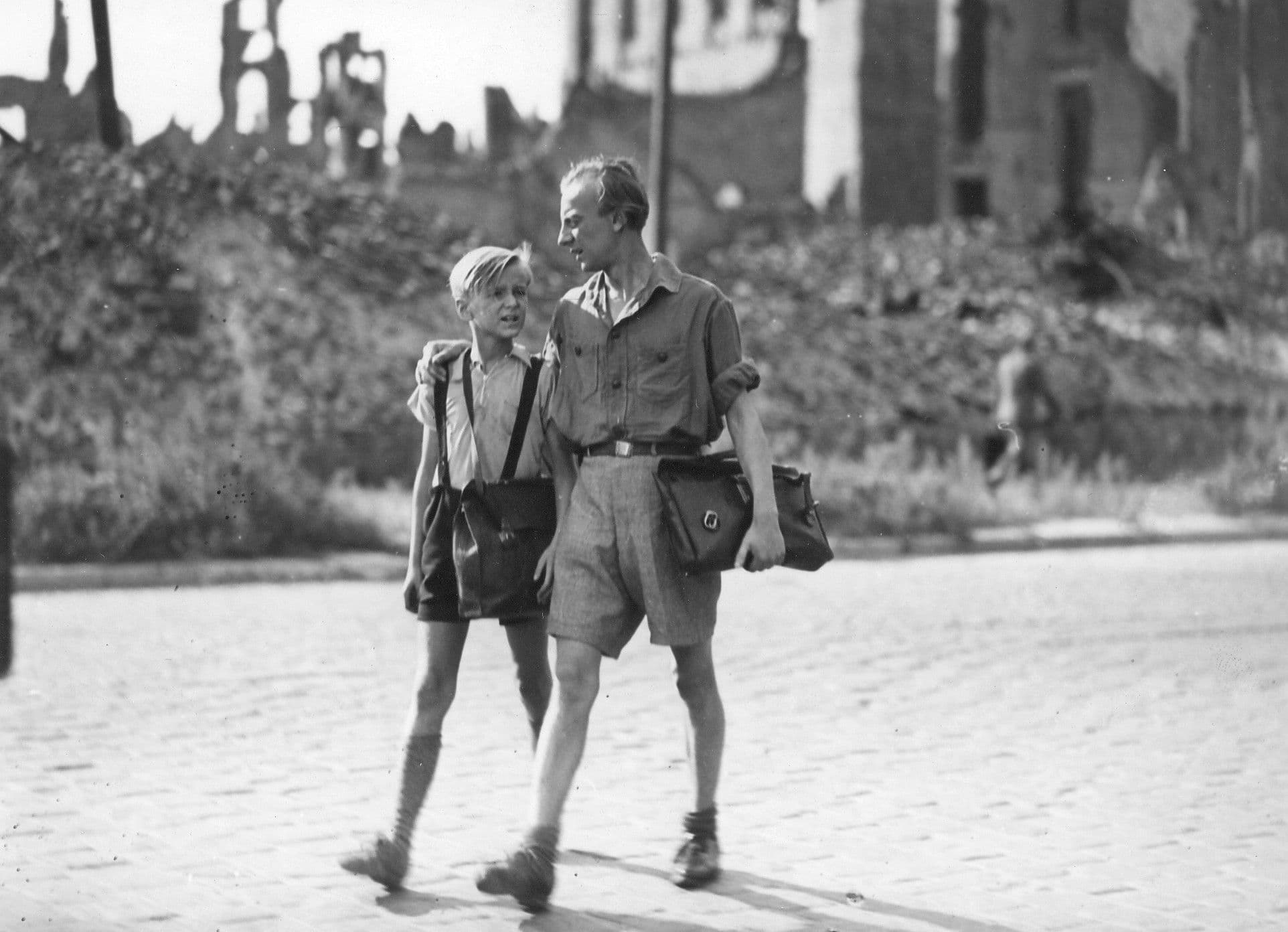
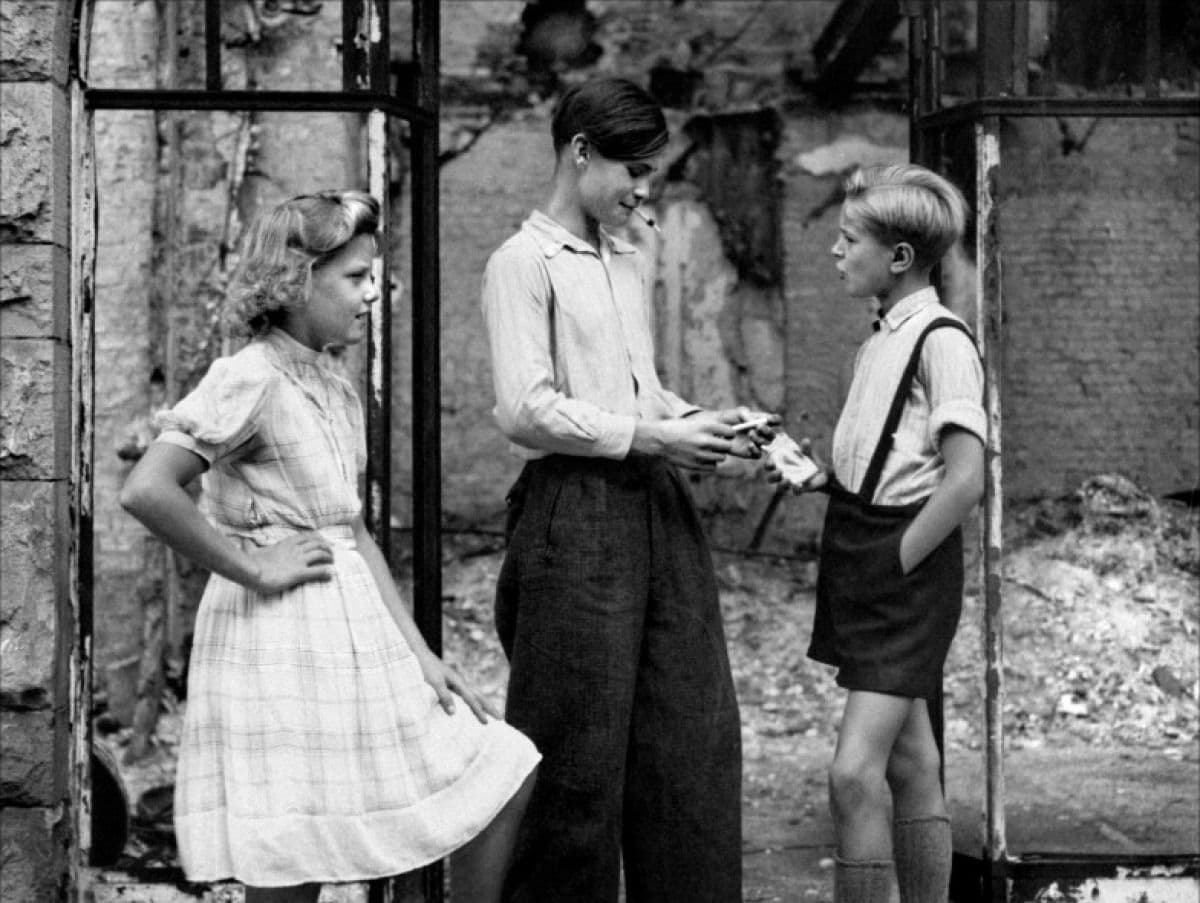
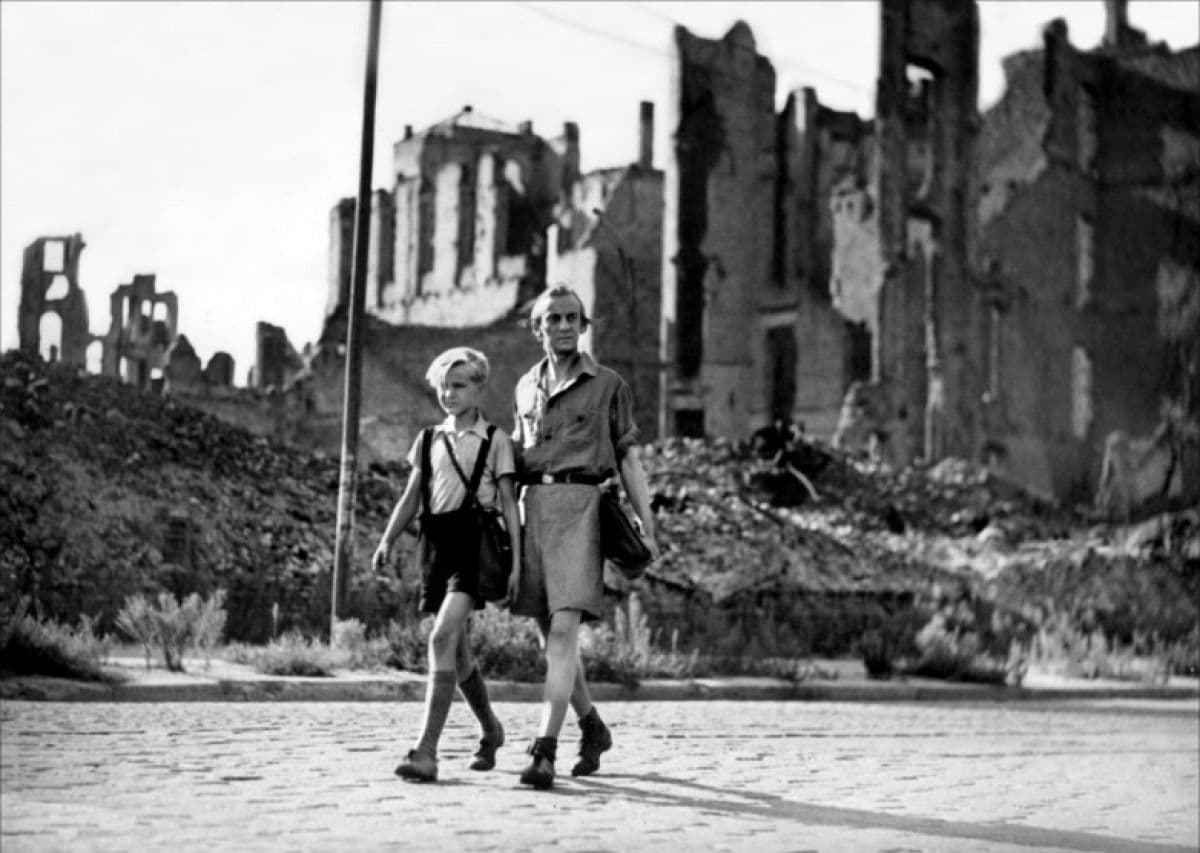
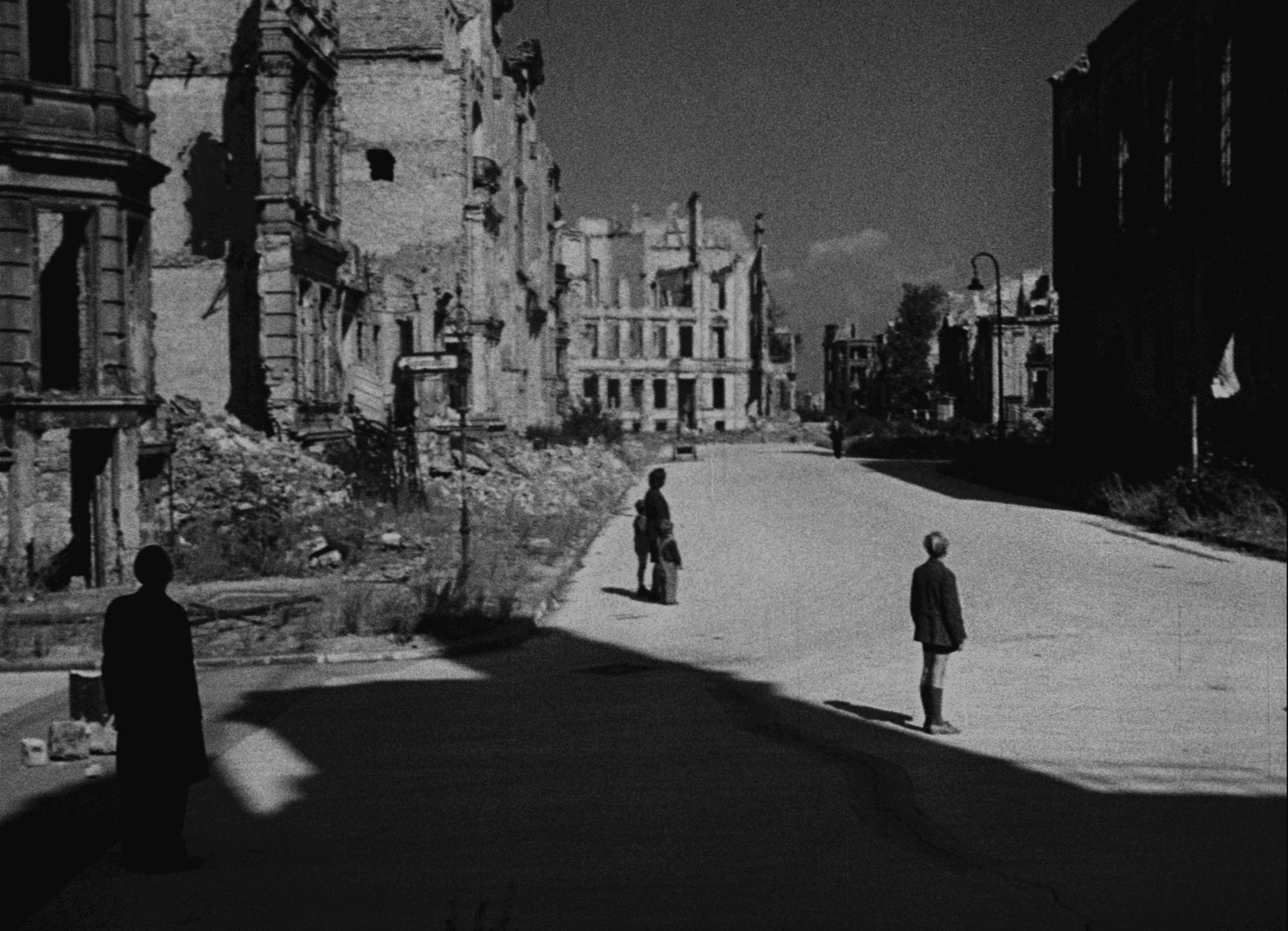
Featured Videos
Official Trailer
Comments
Loading comments...